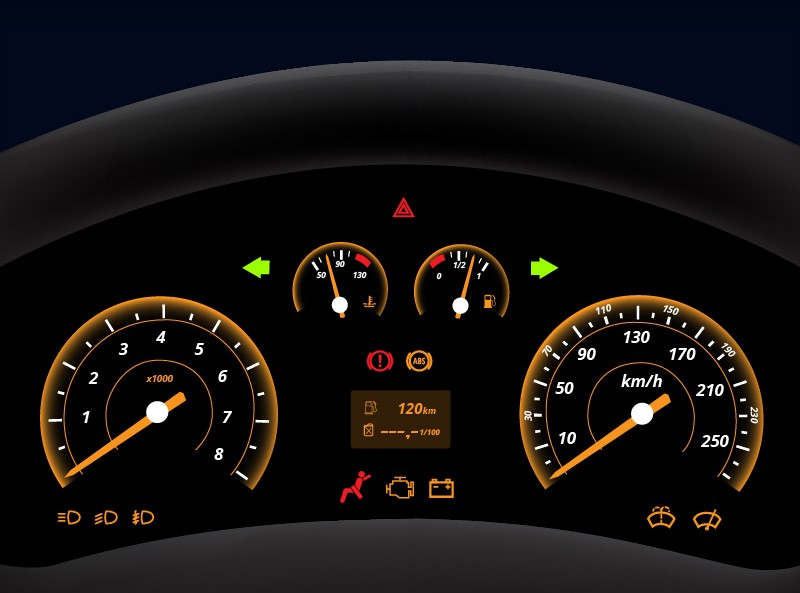Emergency Brake Assist (EBA) is an important safety feature in modern vehicles that helps drivers apply maximum braking force in emergency situations. It works by automatically detecting the driver’s braking force and applying additional pressure if necessary to reduce stopping distance and prevent accidents. However, there are instances when the Emergency Brake Assist warning lights may illuminate on the dashboard, indicating a potential issue with the system. In this article, we will explore common causes of Emergency Brake Assist warning lights and provide troubleshooting tips.
Importance of Emergency Brake Assist Warning Lights:
Emergency Brake Assist warning lights serve a critical role in ensuring the proper functioning of the system. Here’s why they are important:
- Safety: Emergency Brake Assist is designed to enhance vehicle safety by providing additional braking force during emergency situations. Warning lights prompt drivers to address any malfunctions promptly to ensure the system’s effectiveness when it is needed most.
- System Awareness: The warning lights remind drivers of the presence of Emergency Brake Assist and encourage them to drive attentively. Drivers are reminded that the system is actively monitoring their braking inputs and can intervene if necessary.
Common Causes of Emergency Brake Assist Warning Lights:
- Low Brake Fluid: Insufficient brake fluid in the system can trigger the Emergency Brake Assist warning lights. Low brake fluid levels may indicate a leak in the braking system or the need for a brake fluid replacement.
- Faulty Brake Pressure Sensor: The brake pressure sensor is responsible for detecting the driver’s braking force and communicating with the Emergency Brake Assist system. A malfunctioning sensor can lead to inaccurate readings and illuminate the warning lights.
- Malfunctioning ABS System: Emergency Brake Assist often works in conjunction with the Anti-lock Braking System (ABS) to optimize braking performance. If the ABS system malfunctions, it can affect the operation of the Emergency Brake Assist system and trigger warning lights.
Troubleshooting Tips for Emergency Brake Assist Warning Lights:
- Check Brake Fluid Level: Inspect the brake fluid reservoir and ensure that the fluid level is within the recommended range. If the fluid is low, it may indicate a leak or the need for a brake fluid replacement. Consult a professional technician to diagnose and resolve any issues with the brake system.
- Verify Brake Pressure Sensor: If you suspect a faulty brake pressure sensor, it is best to consult a qualified technician or visit an authorized service center. They can use diagnostic tools to assess the sensor’s functionality and replace it if necessary.
- Check ABS System: Since Emergency Brake Assist often relies on the ABS system, it is important to verify the functionality of the ABS system. Any ABS warning lights should also be addressed promptly. A professional technician can diagnose and repair any ABS system malfunctions.
- Reset the System: In some cases, a system reset may resolve the issue. Consult the vehicle’s owner’s manual for instructions on how to reset the Emergency Brake Assist system. This may involve disconnecting the battery for a short period or using a diagnostic tool to clear any stored error codes.
Remember, even if the Emergency Brake Assist warning lights are not illuminated, it is essential to drive attentively and maintain proper braking techniques at all times.
Emergency Brake Assist warning lights are crucial indicators of potential issues with the system. By understanding the common causes and implementing the suggested troubleshooting tips, drivers can address any problems promptly and ensure the proper functioning of the Emergency Brake Assist system, promoting safer driving practices and emergency braking performance.











